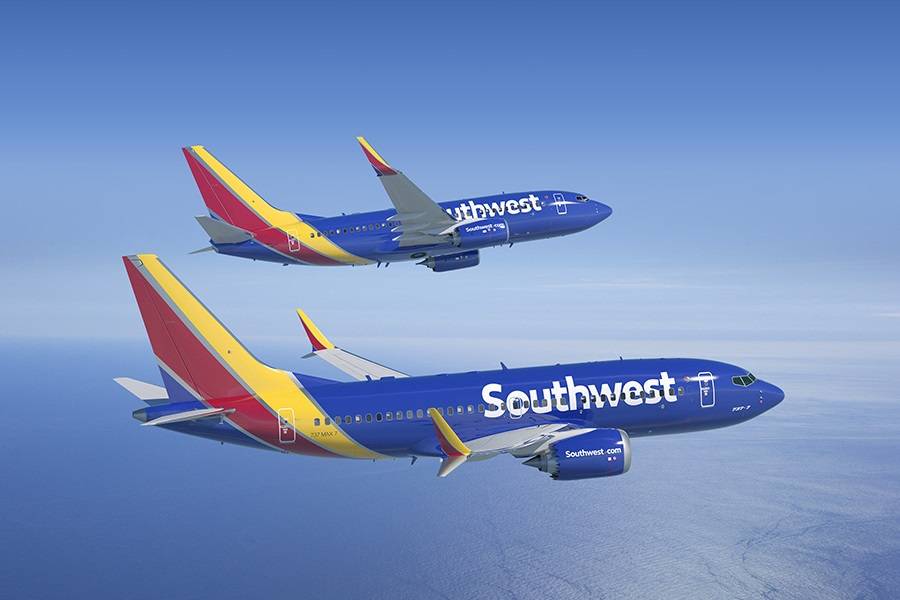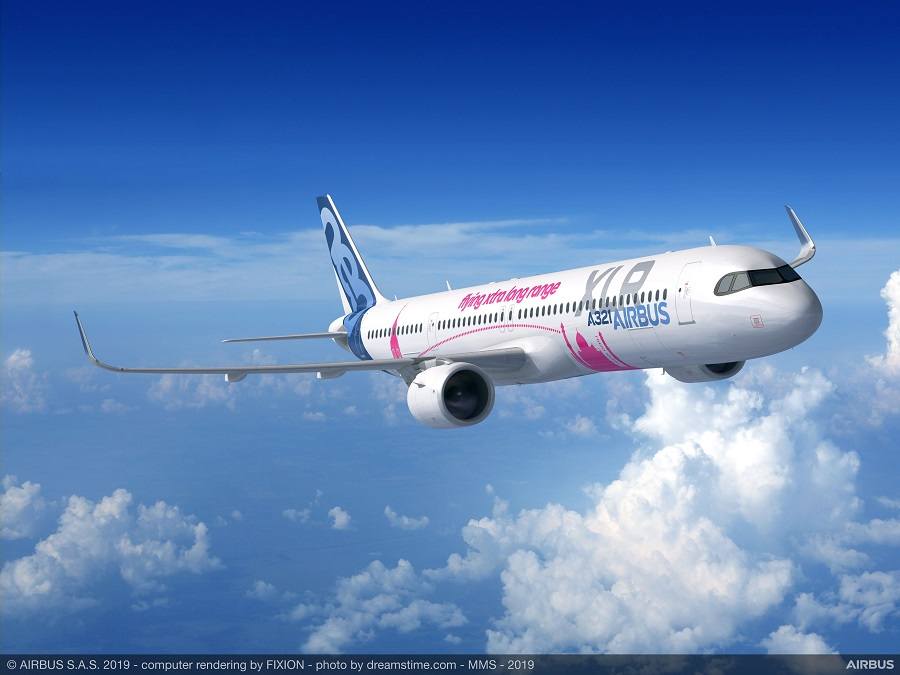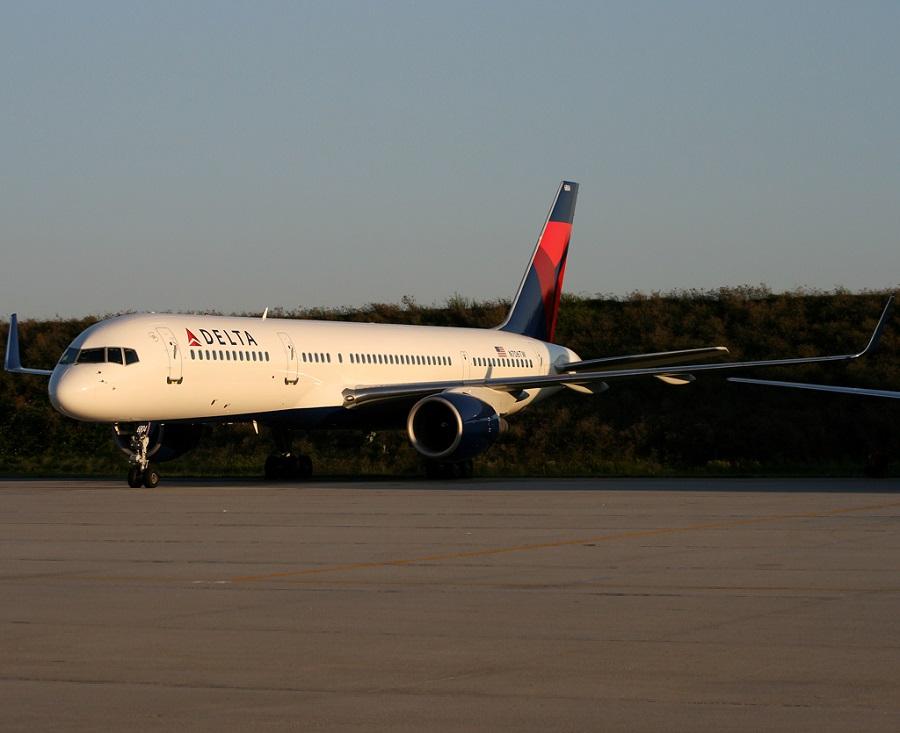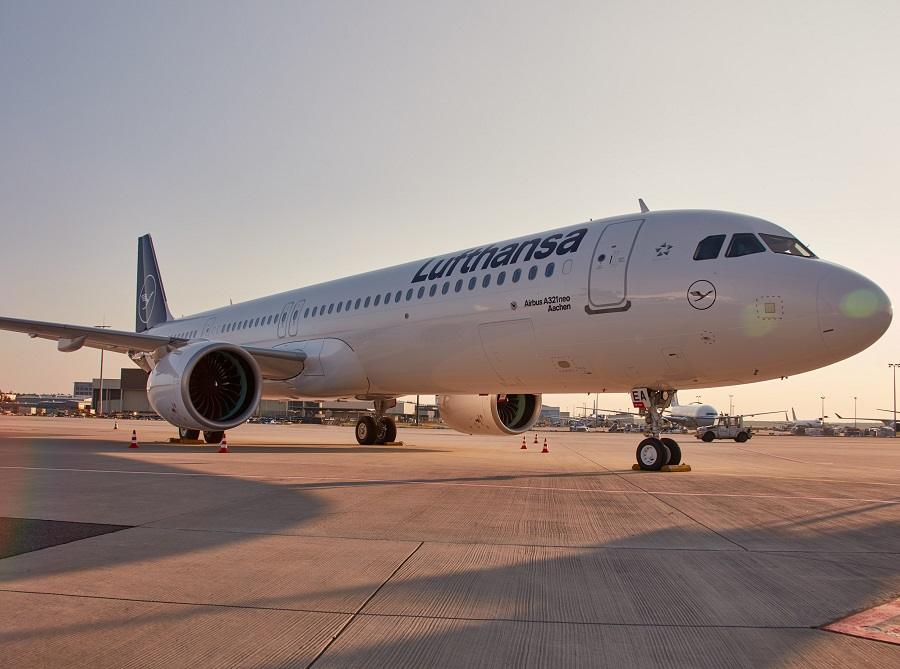Many indicators suggest that Boeing is moving forward with some form of a NMA. But could it end up as a repeat of the 757/767 story?
We have discussed the NMA (new mid-size airplane) and how Boeing is running out of options, to avoid it. Boeing doesn’t have an answer to the Airbus A321XLR, but that’s only part of the story. The bigger question is how the lower end of their airliner lineup (i.e. the 737) corresponds to their competition. Airbus now have the A320 and the A220. And while these two are getting in each other’s way (not by accident), they also meet Boeing at every point. And then some.
Back in 2011, Boeing decided against a clean-sheet design to replace the 737NG, instead committing to the MAX. That is a long story in itself, that we’ve covered already. But in short, Airbus had already committed to what would become the A320neo family. Boeing wanted something new, perhaps building on the recent development of the 787. However, pressure from the airlines sealed the MAX deal. But now, Boeing is in a more difficult position, with regard to the NMA or any new design.

The Shape And Size Of Boeing’s NMA
Regardless, it seems Boeing is now moving along with the NMA. Initially, the plan was for the NMA to cover the gap between the (now-gone, for passengers at least) 767 and the 737. This broad plan is still there, except Boeing will now focus on the lower end of the scale, with the 7K7-5X, or NMA-5X. There are also plans for a -6X and a 7X. The three sizes cover 225, 250 and 275 seats respectively. All of them are twin-aisle aircraft. The question, however, is whether they are enough.
The news now is that Boeing is hiring cockpit design engineers, for its NMA. This would suggest that the company is still very early in the design stage. Which of course makes sense, since they have yet to announce it formally. While Boeing probably can’t afford to be too radical in its design approach, it needs something to differentiate its new aircraft. Boeing CEO Dave Calhoun specifically mentioned a ‘differentiated product’.

But that’s not all he mentioned. Calhoun also said that he wants to consider Boeing’s entire market position, not just a single aircraft (A321XLR). And this is raising the question of the NMA-5X’s suitability, against Boeing’s competition. That’s because analysts now suggest that a twin-aisle, 225-seat aircraft, would struggle to take on the A321XLR, except at long distances. But the A321XLR’s appeal is that it works in shorter ranges, too. This is thanks to its new, lightweight fuel tank – that Boeing dislikes.
NMA – The First Member(s) Of Boeing’s New Aircraft Family
The argument against such a twin-aisle Boeing NMA is that it only focuses on the XLR. The larger 6X/7X would deal with the A330neo – a handy perk, but lower on the list of Boeing’s priorities. So Boeing could be considering switching focus to a single-aisle version, as a direct 757 replacement. Or, if they stick with the twin-aisle aircraft, they could be thinking of a single-aisle version, as a later development, with a lot of the same technology. Which brings us to the 757/767 and the early 1980s!

The story of Boeing’s 757 and 767 models is not really the same as that of the proposed NMA. The 757 was a 727 replacement. The 767 would replace the 707. The 757 actually had the same cabin width as the old 707, but the twin-aisle 747 (and A300) had shown the way, for long-haul. In theory the 757 came first, but the 767 beat it to the air and in entering service. With the two aircraft being complimentary, giving them the same type rating (and other common systems) made a lot of sense for the airlines. And the same would apply to Boeing’s newer NMA family.
The reason why Boeing would be reluctant to dive straight into a single-aisle NMA design, is the MAX. The company doesn’t want to hurt the aircraft’s sales potential any more than necessary. On the other hand, as we saw previously, the problem with the MAX is that only the MAX-8 is selling reasonably well. This is somewhat unfair, because even the 737NG line has mainly been about the 737-800, for some time now. But to some, this is besides the point.
A Numbers Game
The question isn’t about how the MAX is replacing the NG. It is (mainly) about how it can deal with the A320neo family. And the MAX-8 can’t handle it all, especially if we also bring the A220 family in play. Production volume also affects costs, meaning Boeing won’t be able to compete with Airbus on price. Hence the discussion about a new design. But if Boeing’s 225-seat NMA-5X can handle everything over the MAX-9’s size in a few years, could an all-new single aisle follow suit?

Meanwhile, Airbus is in ‘Wait and see’ mode. But that’s because they can afford to be. With a much more complete line-up, Airbus don’t need to rush into a reaction, whatever Boeing’s next NMA move is. Airbus’ stated goal is to shift focus to hydrogen – as far as all-new-design aircraft are concerned, anyway. They still have the option of enlarging the A321, into an A322. But that will likely involve new engines, or a new (composite?) wing, or both.
Such developments on the upper end of the A320 family would require substantial investment, from Airbus. But if they could combine it with work on something more ambitious, it could make sense. Either way, they can afford to wait. This is a luxury that Boeing doesn’t have, if it is to stay competitive.




1 comment
Dale Ferrier
It’s almost ironic how Boeing already had the answer to the 321XLR question, but back in the ’80’s. Looking at it, and the sizes needed to compete, it’d be essentially an updated carbon copy of the 757. With that, Boeing should be looking at restarting the 757, but of course updated. A 757X or even a 757MAX. Who knows, exciting times.